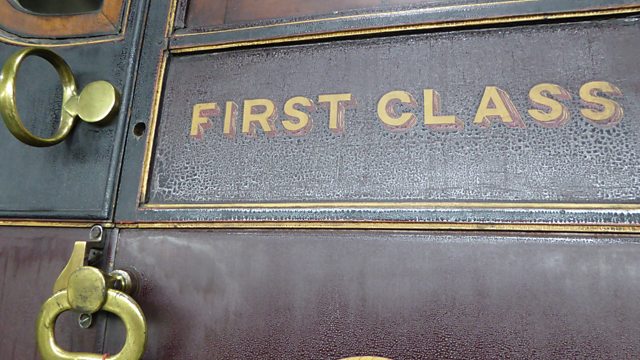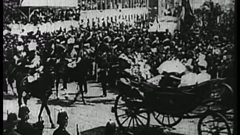
Preview: How railways broke down the class divide
Trains reflected class divisions with separate carriages for first, second and third class passengers. Yet, seen at the time, they were also bringing people physically closer together.
In the early 1800s, Britain was clearly divided between upper, middle and working classes. On the railways they shared the same stations and arrived at the destination at the same time.
The trains gradually acted as a great catalyst, mixing the country up as people were travelling to regions and places for the first time. Locations, accents, culture and fashions were all new.
The nation's relationship with royalty also changed. Queen Victoria was now able to venture far and wide across her kingdom and visit more of her subjects.
Over time, we developed a stronger sense of shared identity and culture.
Duration:
This clip is from
More clips from A Touch of Class
-
![]()
What was 3rd class rail travel like?
Duration: 02:12
-
![]()
How railways helped celebrate Queen Victoria's Jubilee
Duration: 01:33
-
![]()
The 'Necropolis train'
Duration: 00:31
More clips from Railways: The Making of a Nation
-
![]()
What was 3rd class rail travel like?—A Touch of Class
Duration: 02:12
-
![]()
The 'Necropolis train'—A Touch of Class
Duration: 00:31
-
![]()
How the railways changed the food industry—Food and Shopping
Duration: 03:10





